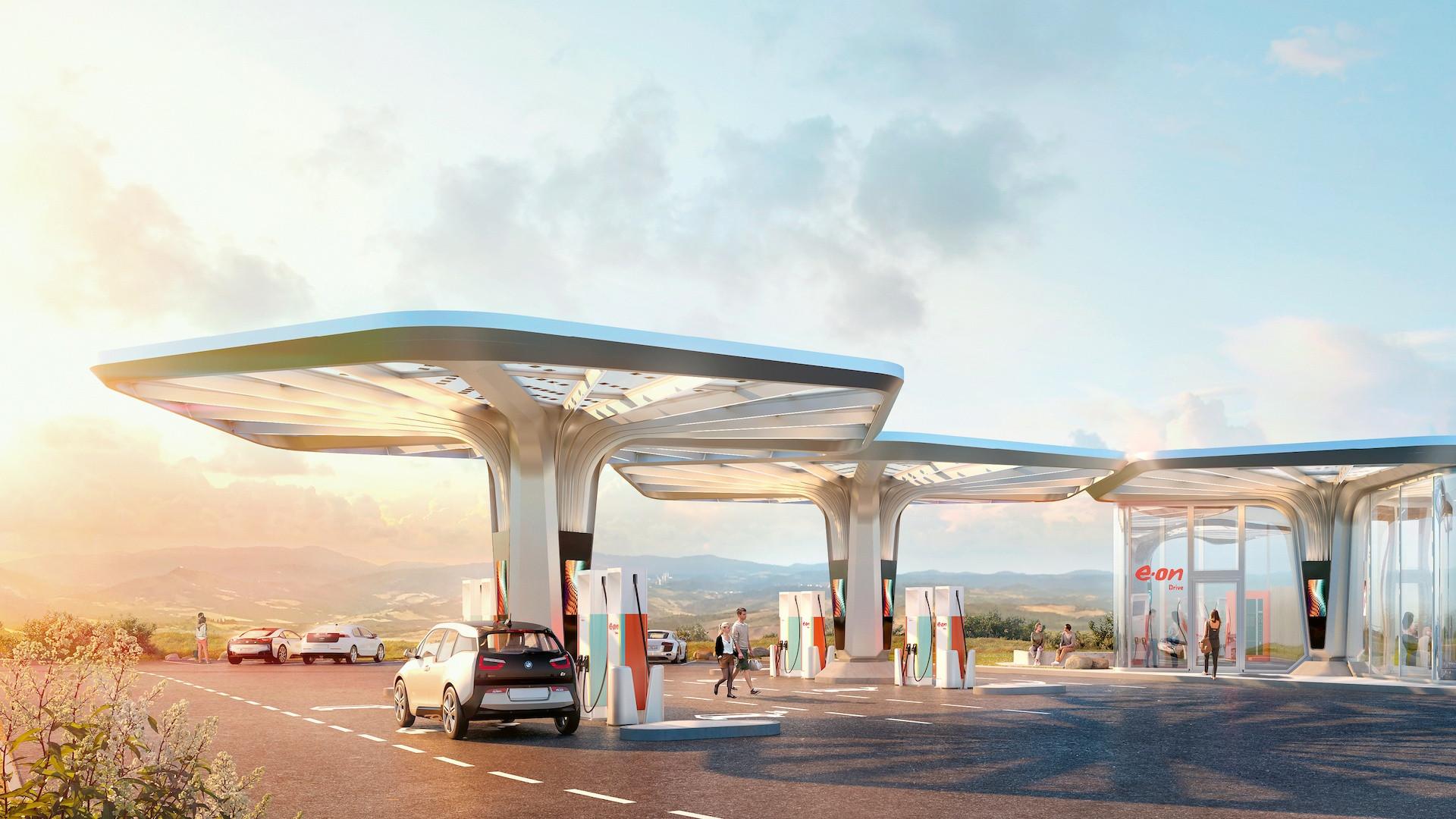What’s Happening: In the past few months, headlines from the UK have revealed just how unrealistic it is to own an electric vehicle (EV). Namely, the story of a couple with a new EV went on a road trip that should have taken 2.5 hours, but thanks to a series of closed, broken, or overburdened charging stations, it took 9 hours to travel some 130 miles. At the same time, headlines also announced that Land Rover and Jaguar will be fully electric by 2024 and 2025, respectively.
The Download: As a part of President Biden’s $1.7 trillion climate plan, he is extending a $7,500 tax credit for buyers of electric cars and $5 billion to provide 500,000 charging stations or roughly 57% of the country’s charging demand by 2030. The massive infrastructure advances are projected to spark the sale of as many as 25 million electric vehicles.
Why It Matters: “Charging anxiety”—the lack of accessible stations outside of the home—could get worse before it gets better. In a study conducted by the European Automobile Manufacturers’ Association (ACEA), EV sales in the EU increased by 110 percent in the past three years, compared to just a 58 per cent growth in the number of charging points.
In Their Own Words: “This is potentially very dangerous, as we could soon reach a point where growth of electric vehicle uptake stalls if consumers conclude there are simply not enough charging points where they need to travel, or that they have to queue too long for a fast charger,” said Eric-Mark Huitema, ACEA Director General.
Surface Says: New technology has growing pains, but it always figures itself out… eventually. How many zoom meetings do you have on your calendar now?
